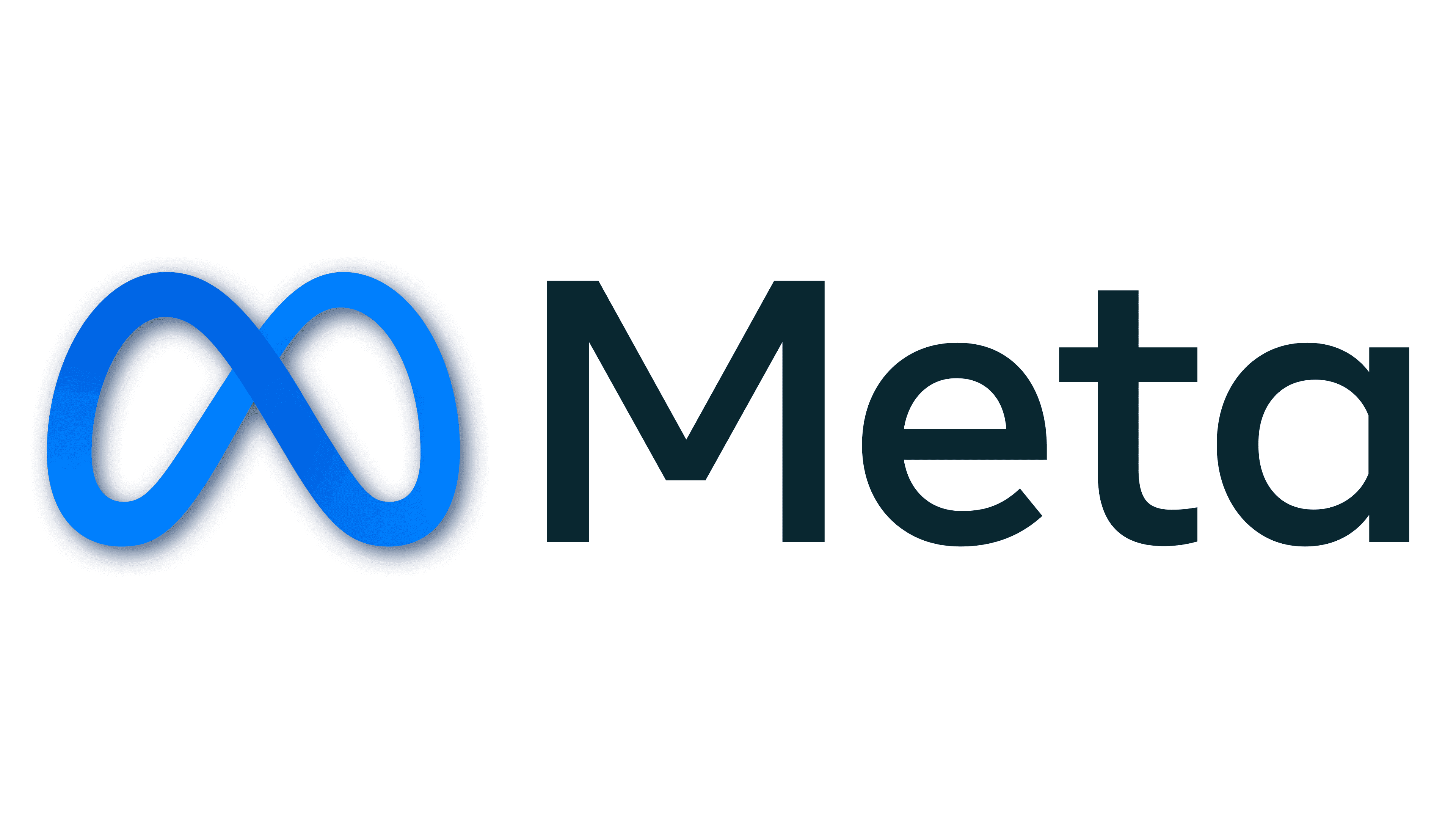The SECP has issued the Anti-Money Laundering/Countering Financing of Terrorism (AML/CFT) Guidelines for Non-Profit Organizations (NPOs), as part of its active pursuance of the implementation of anti-money laundering and counter-terrorist financing regime in its regulated sectors, including the NPOs.
The guidelines have been issued by the SECP to assist NPOs licensed under section 42 of the Companies Act, 2017, in combating money laundering and terrorist financing. These may also be adopted by other NPOs registered under other laws as best practices on the subject.
These guidelines suggest policies, procedures and internal controls for NPOs to comply with the AML/CFT framework and international best practices and have been issued on the basis of the recommendations of the Financial Action Task Force (FATF) while also keeping in view the evolving threats and challenges faced by the NPO sector in the country.
FATF, an inter-governmental body formed to coordinate efforts on AML/CFT, has issued a set of 40 recommendations, which serve as international standards for combating money laundering and terrorist financing.
Pakistan is a member of APG, an FATF-styled regional body, and is required to adopt FATF standards as per its membership obligations, and also to comply with the UN resolutions.
According to the regulator, these guidelines will not only assist in improving Pakistan’s outlook by encouraging increased adherence to the applicable standards and recommendations but will also complement the enhancing of the level of understanding about the due diligence required with respect to AML/CFT in the NPO sector.
The guidelines also contain an elaborate explanation of the terrorist financing process, AML/CFT risk factors for NPOs, fundamental principles of good practice, measures to enhance good governance and ensure transparency and financial accountability, and outlines red flags/high risk indicators, including illustrative characteristics of high-risk NPOs.
These guidelines would also contribute to effective implementation of the Associations with Charitable and Not For Profit Objects Regulations, 2018, issued by the SECP earlier.
22947







